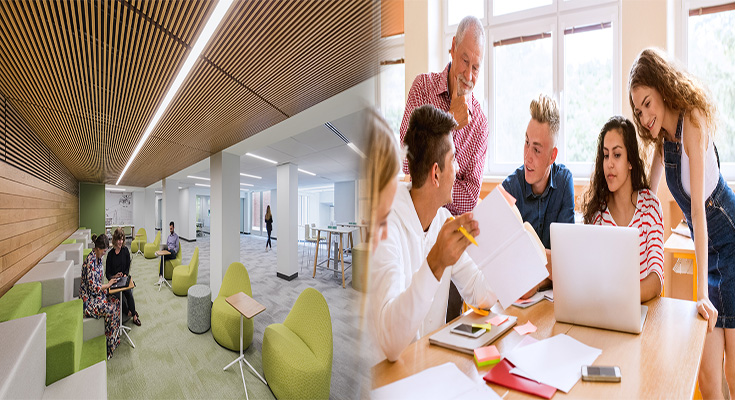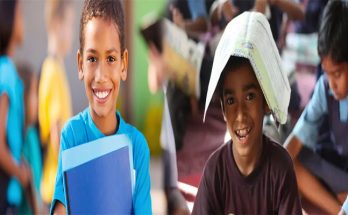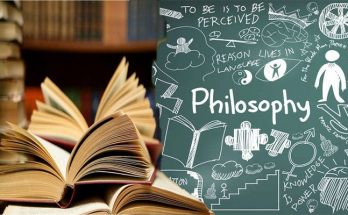The future of education is a topic that many people are passionate about. As the world changes and new technologies become available, it’s important that we keep pace with the times and provide students with the tools they need to succeed in life. One of the keystones of this movement is designing learning environments that are not only effective but also fun and engaging for students.
A new way of thinking
You may be thinking that it’s not possible to change the way you teach, but it is. By introducing this new method of learning, you will be able to engage your students in a whole new way and help them learn more effectively.
The key is to give kids more autonomy over their own learning process. Instead of telling them what they need to know and when they need to know it (i.e., through lectures), give them the freedom and confidence necessary for success by giving them opportunities for self-directed exploration or project-based learning experiences where they can explore concepts on their own terms at their own pace
The Maker Movement
The Maker Movement is a global phenomenon that encourages people to create, make and tinker. It’s a reaction against the traditional educational system where students are expected to sit still, listen and learn from teachers who lecture from their desks. The Maker Movement promotes active learning by encouraging students to explore their interests through activities like building robots or creating art projects.
Learning through exploration
As you learn more and more, your ability to explore will also increase. This is the essence of learning: when we gain knowledge, our curiosity about what we don’t know grows as well. The more you know about something, the more likely it is that there are other things related to or connected with that topic that could be interesting for you to learn about next.
Learning through exploration leads us down paths where we might not have gone before–and this process can lead us into different fields altogether! For example, if someone were interested in biology but also had an interest in art history (I know it sounds strange), then this person would probably want their studies at school/college/university include both biology classes as well as art history classes so they can explore these two related topics together without having one take over the other too much during their coursework hours per day/weekend days off from school etc…
Science, technology and the future of education
The future of education is going to be shaped by technology. There are many ways in which the use of technology can enhance learning, making it more effective and engaging for students. Some people believe that technology is taking over traditional teaching methods, but we don’t think this is true at all! Instead, we believe that teachers should be able to choose how they want to teach their classes based on what works best for them and their students.
Effective learning environments
- Effective learning environments are designed to engage and motivate students.
- They provide a space for students to learn how to learn, collaborate with others and feel safe.
The future of education will be defined by students.
The future of education will be defined by students. Students’ needs and learning styles have changed, as have their expectations for what an educational experience should look like. This means that in order to be successful in the future, schools must adapt to these changes.
We expect that education will become more personalized; collaborative; experiential; technology-driven (with the technology being used as a tool rather than the focus); project-based learning; project management skills development; 21st century skills such as critical thinking, problem solving and communication skills development (including public speaking).
The future of education is in the hands of students. They will define what works, what doesn’t and how we can improve. As educators, we must listen to their needs and work with them to create learning environments that support their needs as well as our own goals as educators.





